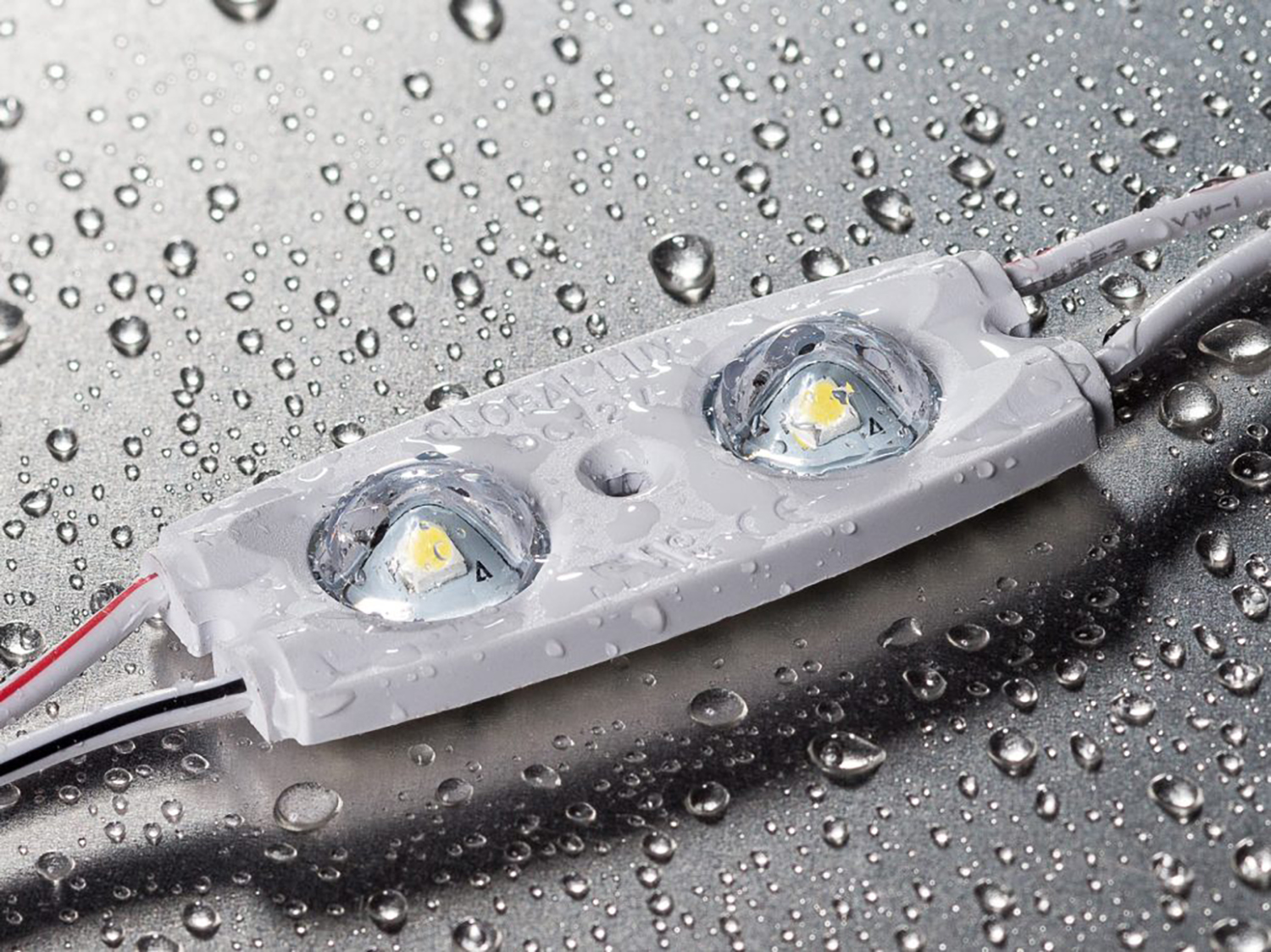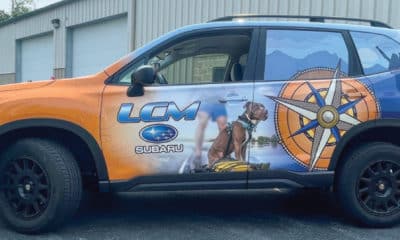That futurists say LEDs are the light of the 21st century presents an interesting question because, even though LEDs have proved reasonably successful, hi-tech diviners must also regard other neophyte technologies, especially in the province of solid-state lighting (SSL). That is, aren’t organic LEDs (OLED) and polymer LEDs (PLED) presently standing in the LED wings? That said, SSL in any form offers positive benefits to society. Consider, for example, the US Department of Energy’s estimate that US energy users switching to SSL could reduce national lighting energy use by 75% in 2035, which would save 5.1 quadrillion BTUs – an amount near equal to the combined one-year energy consumption of 150 million homes.
Clearly, technology moves forward. In the past, lighted signs used what was then available: incandescent and fluorescents lamps, or neon tubes as light sources, with each generating challenges for signmakers and the sign buyer. For example, incandescent bulbs were cheap and bright, but used lots of power and burned out in a thousand hours or less. Although more efficient, fluorescent lamps require special circuits and the avail-able sizes can constrain a sign’s design. Neon requires skilled craftspersons with expert knowledge of the gear for processing the required exotic gases, plus fire and glass working skills.
Today, as a workaround, many manufacturers offer flexible neon-like, LED-lamped tubing in pleasing colors that is easy to bend and wire. Another LED-based revenue source is retrofitting old fluorescent-lit signs. For this type of work, search out UL-approved retrofit kits that make it easy to change-out fluorescent tubes with LED bars. And, red, green and blue LED systems can be purchased in individual colors or as an RGB combination that can be programmed to change colors.
Obviously, LEDs offer signmakers a practical solution for virtually every illumination need, plus low operating costs for their customer – but there are some “gotchas” that must be considered when designing an LED-lighted sign. Most notable is that LED lamps can create a lot of light in a concentrated area, which in turn causes hot spots and shadows if the right lamp module is not selected or properly positioned. You may need to rotate, pack or more loosely distribute the lamps for uniform backlighting, but frankly, it’s not an area for experimentation. Instead, you could employ an LED sign layout software such as Aries Graphics’ LED Wizard.
In addition, various LED suppliers offer module-count information for proper illumination, plus new lens designs that diffuse or focus light, and color temperature and brightness choices. You’ll also find 180° LED lamps for edge-lighting applications. We enjoy that some sign application LED lamps ship in flexible strip form, with adhesive backing that eases installation; however, we always suggest more secure fasteners in chancy locations.
We propose that LED lamps offer many advantages to signshops. They also offer an introductory way for commercial signshops to explore illuminating small signs. Wiring is easy – red-positive and black-negative – which eases the connection processes. In addition, LEDs are low voltage (12-24V) and direct current, which makes basic circuits simple to wire. Still, if you’re new to electrics, you’ll want to study basic systems or hire a person who comprehends such systems.
Advertisement
Finally, the DOE reminds, “Electrical and thermal design of the LED system or fixture determine how long LEDs will last and how much light they will provide.” Be cautioned, then, that driving the LED at a higher-than-rated current will increase relative light output but decrease useful life, the DOE said.



 Tip Sheet2 weeks ago
Tip Sheet2 weeks ago
 Photo Gallery3 days ago
Photo Gallery3 days ago
 Ask Signs of the Times5 days ago
Ask Signs of the Times5 days ago
 Real Deal2 weeks ago
Real Deal2 weeks ago
 Paula Fargo20 hours ago
Paula Fargo20 hours ago
 Benchmarks1 week ago
Benchmarks1 week ago
 Photo Gallery20 hours ago
Photo Gallery20 hours ago
 Women in Signs2 weeks ago
Women in Signs2 weeks ago









